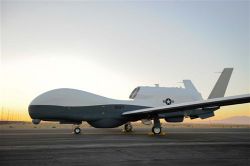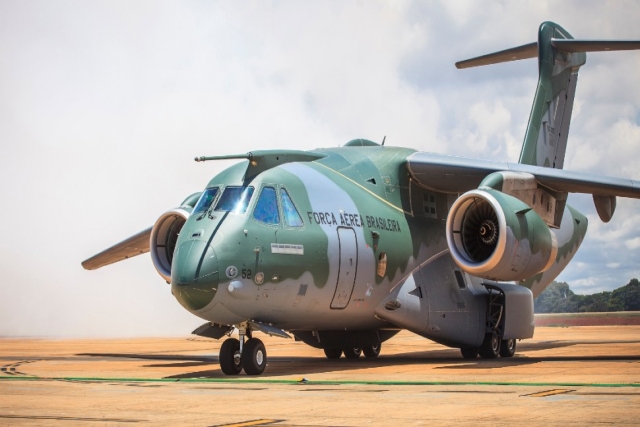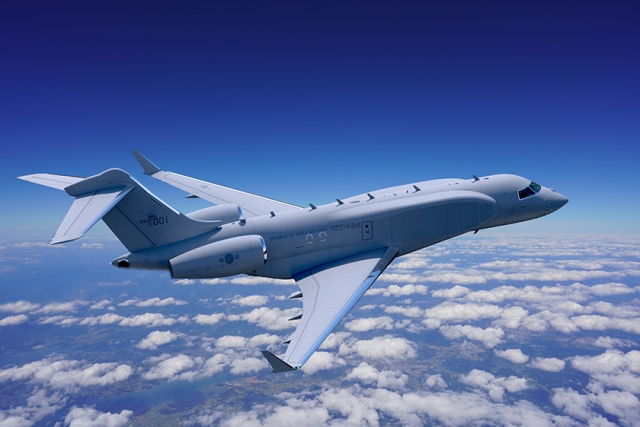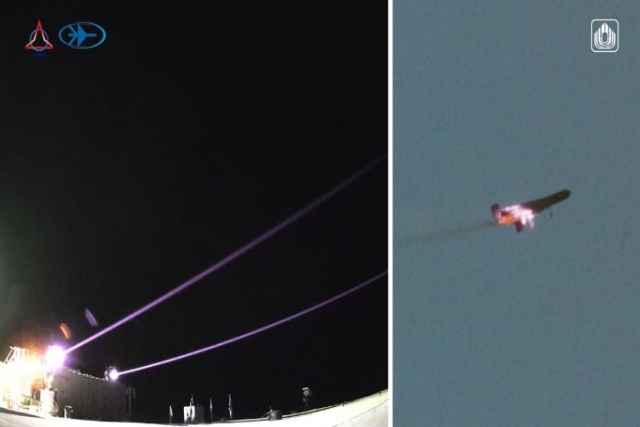Australia Considers Buying MQ-4C Triton UAV

Australian Minister for Defence Stephen Smith today announced that the Government would issue a Letter of Request (LOR) to the United States to gain access to detailed cost, capability and availability information on the United States Navy’s MQ-4C Triton unmanned Aircraft.
As outlined in the 2013 Defence White Paper (the White Paper), the Government intends to replace the AP-3C fleet with P-8A Poseidon aircraft, complemented by unmanned aircraft capable of undertaking broad area maritime surveillance and fleet overwatch, according to a MoD statement.
The goal is to provide long-range, long-endurance maritime surveillance and response and an effective anti-submarine and anti-surface warfare capability, the statement added.
The acquisition of high-altitude, long-endurance unmanned aircraft for maritime patrol and other surveillance is being developed under project AIR 7000 Phase 1B.
One of the options being considered for AIR 7000 Phase 1B is the United States Navy MQ-4C Triton Broad Area Maritime Surveillance Unmanned Aircraft System produced by Northrop Grumman.
The MQ-4C Triton is a developmental variant of the Global Hawk surveillance aircraft which is being specifically developed for maritime surveillance roles.
To help assess the suitability of the Triton for Australia’s requirements, the Government will establish a Foreign Military Sales Technical Services Case with the United States Navy to obtain detailed cost, capability and availability information to inform future Government consideration of Project AIR 7000 Phase 1B.
The release of a Letter of Request for the FMS Technical Services Case does not commit Australia to the acquisition of the MQ-4C Triton.
Defence will continue to investigate options for a mixed manned and unmanned aircraft fleet to inform Government consideration later in the decade.
As also outlined in the 2013 Defence White Paper, Defence will analyse the value of further investment in unmanned aircraft for focused area, overland intelligence, surveillance and reconnaissance, including for use in border security operations.
This will include the potential expansion of the role of these assets in the ADF to include interdiction and close air support, subject to policy development and Government consideration.










